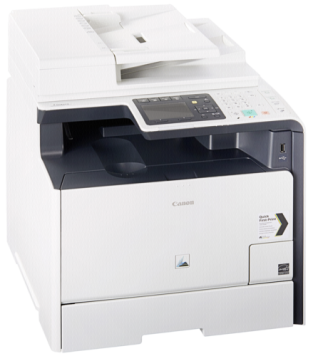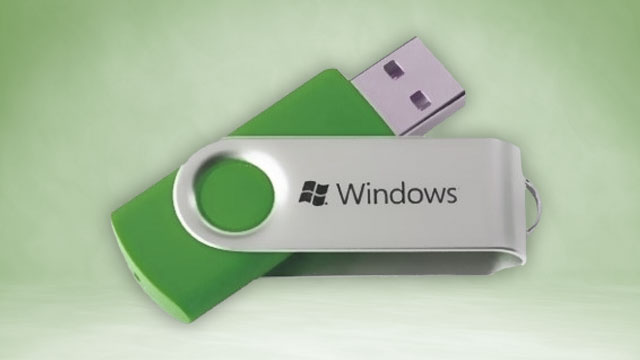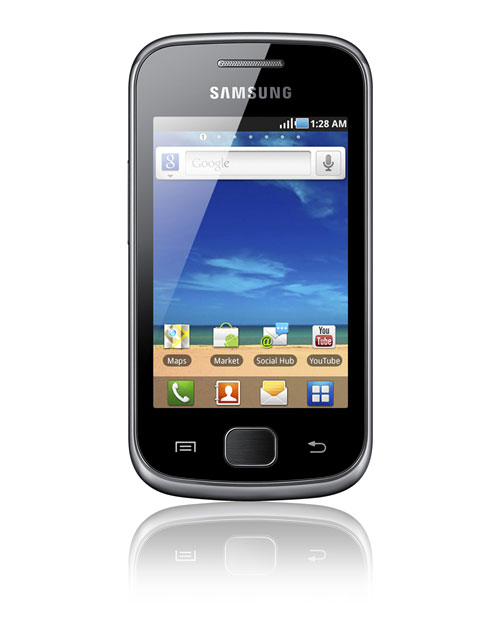 Printing is a big part of office life, and purchasing or leasing a laser printer is a big investment for any company. It is important to know the printing needs of your office before you start looking at all the dozens of different printers available. You’ll want to consider the type of media you will be printing, the space available where the printer will be placed and how many people in the office will need to print from the same machine.
Printing is a big part of office life, and purchasing or leasing a laser printer is a big investment for any company. It is important to know the printing needs of your office before you start looking at all the dozens of different printers available. You’ll want to consider the type of media you will be printing, the space available where the printer will be placed and how many people in the office will need to print from the same machine.
Once you know the printing needs of your business, it is time to figure out which features come with each laser printer. The laser printer industry has developed an easy-to-understand code that is included in each product name to help consumers quickly identify which features are included with each printer. All those little letters jumbled with numbers do have meaning. Below is a quick rundown on those most commonly used symbols and what they mean.
C (Color)
The ‘C’ means that the printer you are researching is a color laser printer. This letter is a bit redundant since most manufactures list color as part of the product name, such as the HP Color LaserJet Enterprise CP4525dn. However, by looking at the product name (CP4525dn) you can quickly determine that it will print in color.
M (Monochrome)
The opposite of color printers are monochrome laser printers. These printers include ‘M’ in their product name to show that they only print in black and white. The Samsung ProXpress M3320nd is an example of a laser printer that uses the ‘M’ to denote monochrome printing.
D (Duplex)
The D stands for duplexing. Duplexing is the ability to print on both sides of the paper. A laser printer that has a D in its name will automatically flip the paper and print on the other side, like the Lexmark MS710dn.
N (Network)
Using ‘N’ in a product name means that it has networking capabilities, such as the OKI Data C531dn. Networking allows multiple computers to connect to the same laser printer through the use of cables and a router. Networking is especially convenient if your laser printer supports several operating systems, such as Windows, Mac and Linux. Each of these systems can be connected to the same printer, eliminating the costly need of multiple printers.
W (Wireless)
The ‘w’ stands for wireless. This means you can network multiple users to the same laser printer, such as the Samsung Printer Xpress C410w, without the need for cables. Usually this requires you to purchase a special adapter that attaches to the printer. The number of users that can wirelessly connect to your laser printer depends on the amount of memory that is installed in your machine.
T (second paper Tray)
It isn’t often that a manufacturer uses a ‘T’ in a product name. This letter indicates that the laser printer has a second paper tray. All printers have an input tray that holds the copy paper as it waits to be grabbed and used. Many laser printers have additional input trays that attach to the bottom of the printer and hold even more paper. When a laser printer product name includes a ‘t’, like the Lexmark CS410dtn, the machine comes standard with this extra input tray already included.
Now that you know the meaning of those little letters, you will be able to recognize the features of both color, and black and white laser printers at a glance. The more letters that are included in the product name, the more incredible features you will get with the printer. For example, the Brother HL 3170cdw is a color laser printer with duplexing and wireless features, while the Dell 2150cdn can only network with the use of cables. Those little letters are a big help in determining exactly which laser printer you need for your office.
F (Fax)
In general, the letter ‘F’ means the it have FAX.
My opinion
In my opinion, if you are looking for a printer for a small office (5 users), and you need a duplex and network feature, the Cannon MF8850CDN is a very good printer and you can opted for recycled tonners as low as 20€ (for +- 7000 pages). It is a Color printer with Fax, Duplex and Network feature. You can easily scan your documents in duplex mode and send it to your PC. The software is very easy to use.
I’ve this model, and it was the best printer I ever use for small projects.
The average price is 400€. You can find the best seller in Portugal here:
http://www.kuantokusta.pt/informatica/Imagem/Impressoras-e-Multifuncoes/Canon-i-Sensys-MF8550Cdn-p-1-297735
Reference: http://printers.toptenreviews.com/laser/laser-printer-alphabet-c-d-w-t-m-n.html
 You ever wanted a Windows to run on a USB hard drive or flash drive, to use on any computer you want? It’s possible :-D. Thanks to WinToUSB.
You ever wanted a Windows to run on a USB hard drive or flash drive, to use on any computer you want? It’s possible :-D. Thanks to WinToUSB.



 Printing is a big part of office life, and purchasing or leasing a laser printer is a big investment for any company. It is important to know the printing needs of your office before you start looking at all the dozens of different printers available. You’ll want to consider the type of media you will be printing, the space available where the printer will be placed and how many people in the office will need to print from the same machine.
Printing is a big part of office life, and purchasing or leasing a laser printer is a big investment for any company. It is important to know the printing needs of your office before you start looking at all the dozens of different printers available. You’ll want to consider the type of media you will be printing, the space available where the printer will be placed and how many people in the office will need to print from the same machine.